Estimated reading time: 07 minutes and a half.
May/2016 - Tokina is yet another third party lens manufacturer for comercial mounts. Without oficial licensing, it’s the same as Sigma’s approach: they reverse engineer the camera to understand how it works, develop exclusive optical formulas, and assemble lenses generally cheaper than bigger brands. Made by Kenko (Tokyo, Japan), known for its teleconverters, Tokina’s lenses actually employ Hoya’s glasses (that filter brand), that also supplies for Tamron. It’s a mix of brands and products, with an advantage for the consumer: one more option when it’s time to buy a lens, when first parties are too expensive or lack exotic specifications.
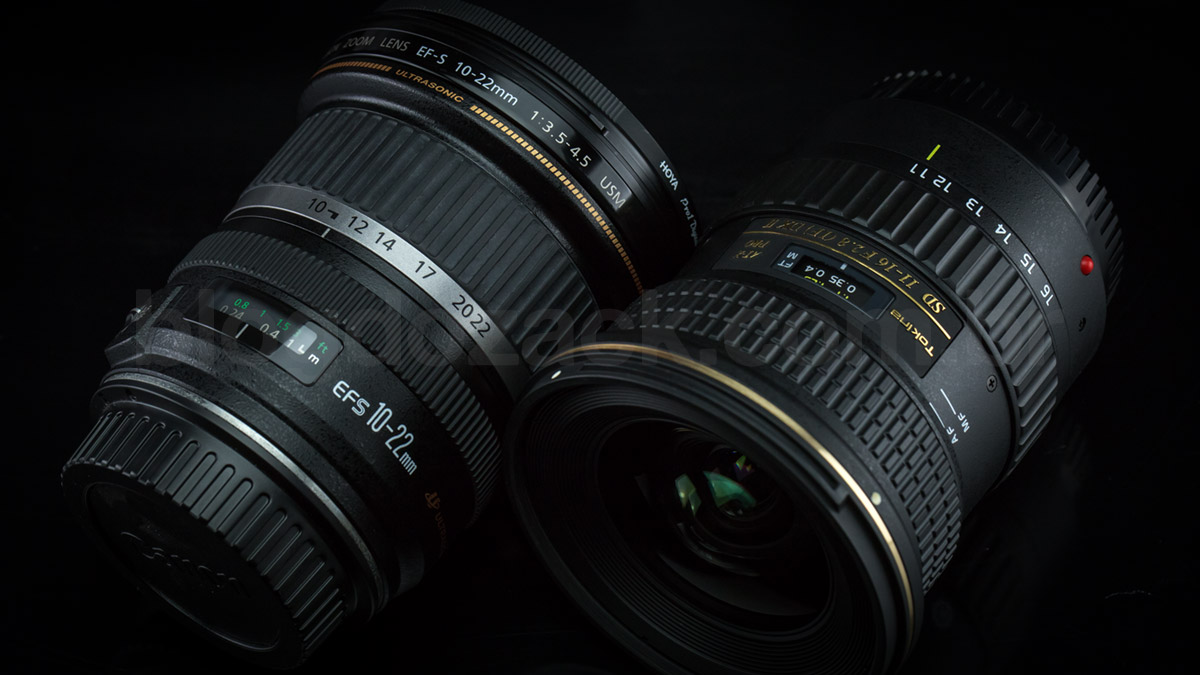
Different from Sigma and Tamron, Tokina still haven’t revamped it’s marketing strategy to offer a stylish “Global Vision Art” or “Super Performance” lineup. So their lenses seem outdated and inferior, hiding its high performance built and optics inside, especially on the zoom market. The AT-X PRO 11-16mm f/2.8 DX II for instance, is unique on the APS-C format with a constant f/2.8 maximum aperture. There’s no ultra wide angle zoom from Canon, Nikon or Sony (the offered mounts for such model) with these specs. Selling for US$479, it’s not particularly cheap neither. Part of the AT-X PRO lineup, it’s well made, with internal AF, includes a lens hood kit and even aspherical glass pieces on its formula. But does it work? Let’s find out! Nice reading.

At 8.5 x 9 cm of 550g (!), the first thing you notice on the Tokina AT-X PRO 11-16mm f/2.8 DX II is its weight and size, much larger than cheap APS-C lenses. Big and heavy, it’s in the same class as the EF-S 10-22mm f/3.5-4.5 USM in size, but honest to the f/2.8 aperture in weight. Heavier than Canon’s 369g zoom, the Tokina is actually closer to Nikon’s AF-S DX 12-24mm f/4G 465g lens, including it’s design and gold embellishments. All made for work, it’s the best each brand has to offer on the smaller format, and Tokina is not that farther away in built; it’s the opposite. I was expecting less, but got a proper PRO grade lens: professionally made, properly put together.
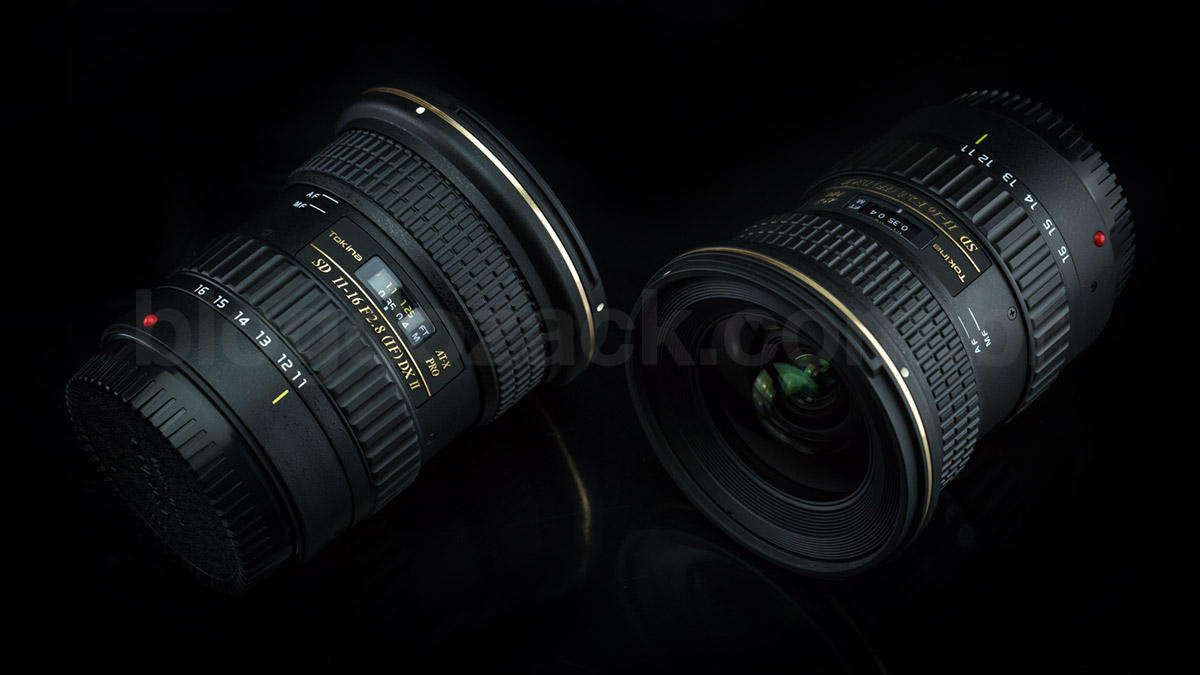
In hands the ergonomics are weird because, being a heavy lens, it must be supported by your hands. Supported by your hand, the fingers should lay on the most used ring, that being the zoom. But Tokina did differently: at the front is the manual focusing ring, that dubs as an AF/MF on/off switch; and the zoom ring is at the rear, asking for twisted fingers to operate from 16mm to 11mm clockwise. It’s dumb because Tokina insists on its “One-touch Focus Clutch” ring, that must be at the front, leaving the zoom uncomfortably at the back. And my copy is very “heavy”, asking for a lot of pressure to rotate from one end to the other, way inferior to Canon’s smooth EF-S 10-22mm. It’s a bad Tokina decision that justifies the higher Canon-perfect-ergonomics price.
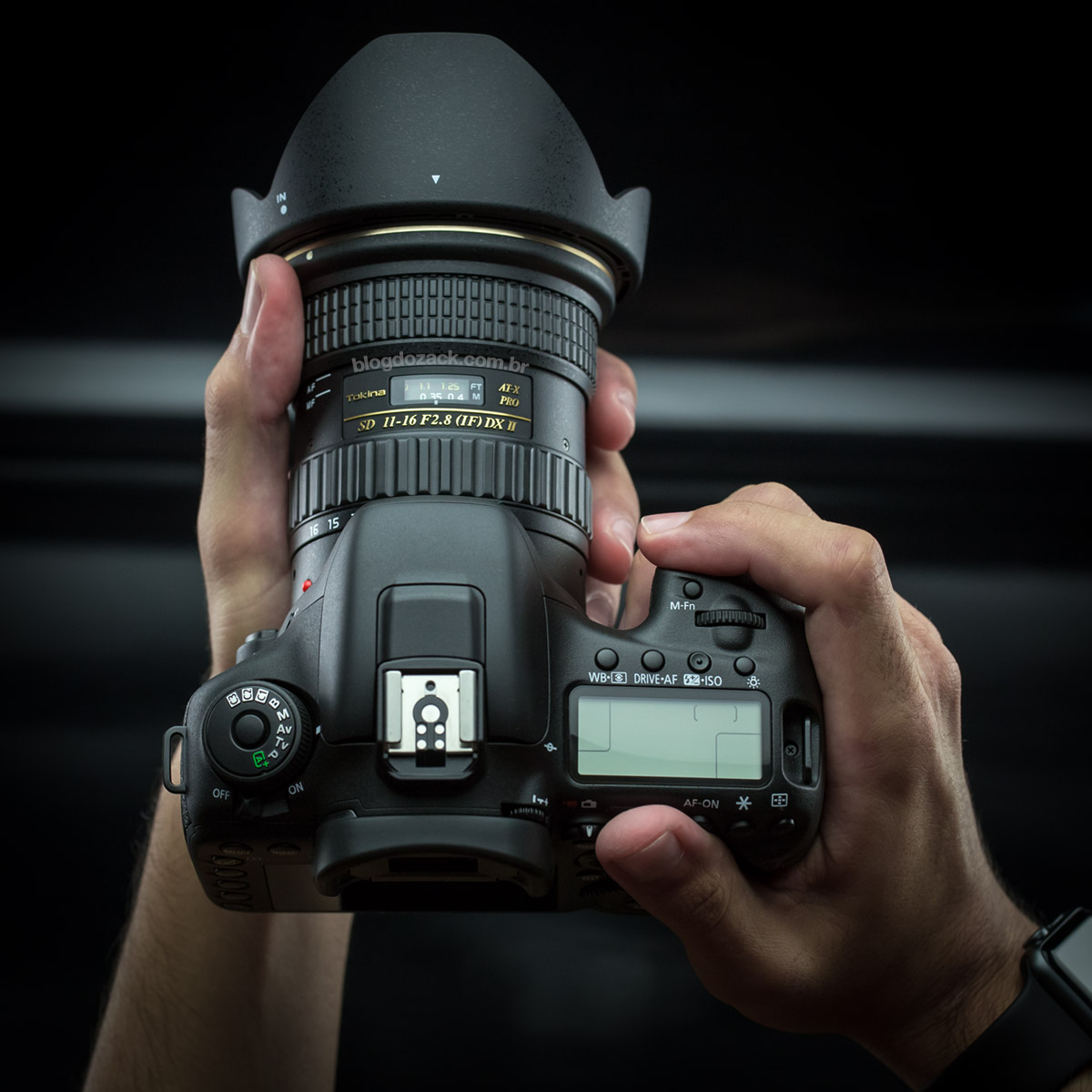
At the front, the One-touch Focus Clutch is an immense stupidity from Tokina. Instead of a button, the manual focusing ring dubs as an on/off switch for the auto focus motor, sliding back and forth to disengage both; indicating there’s no “full time manual” operation like modern lenses. It’s bad because the worse happens: the ø60cmm focusing ring wobbles to slide, feeling fragile. And worse, from AF to MF there are specific blind spots where you can get on/off. As there’s a big mechanical force between pieces, FOR SURE it’s durability comes at question on the long term.

Inside the auto focusing motor is nothing to talk about; thus Tokina doesn’t declare its technology. While every other brand employs ultrassonic motors to drive the AF, Tokinas seems to use a micro motor DC with noisy gears. Although all internal (nothing moves on the outside), it doesn’t support full time operation. And when it’s at work, it’s not the fastest neither. It’s not a problem for all-phase detection DSLRs like the EOS 7D Mark II: it drives the lens directly to the desired focusing point, not very fast but at least straight to the point. But on hybrid contrast + phase cameras like the EOS M, it’s madness: it goes back and forth, and takes forever to lock.
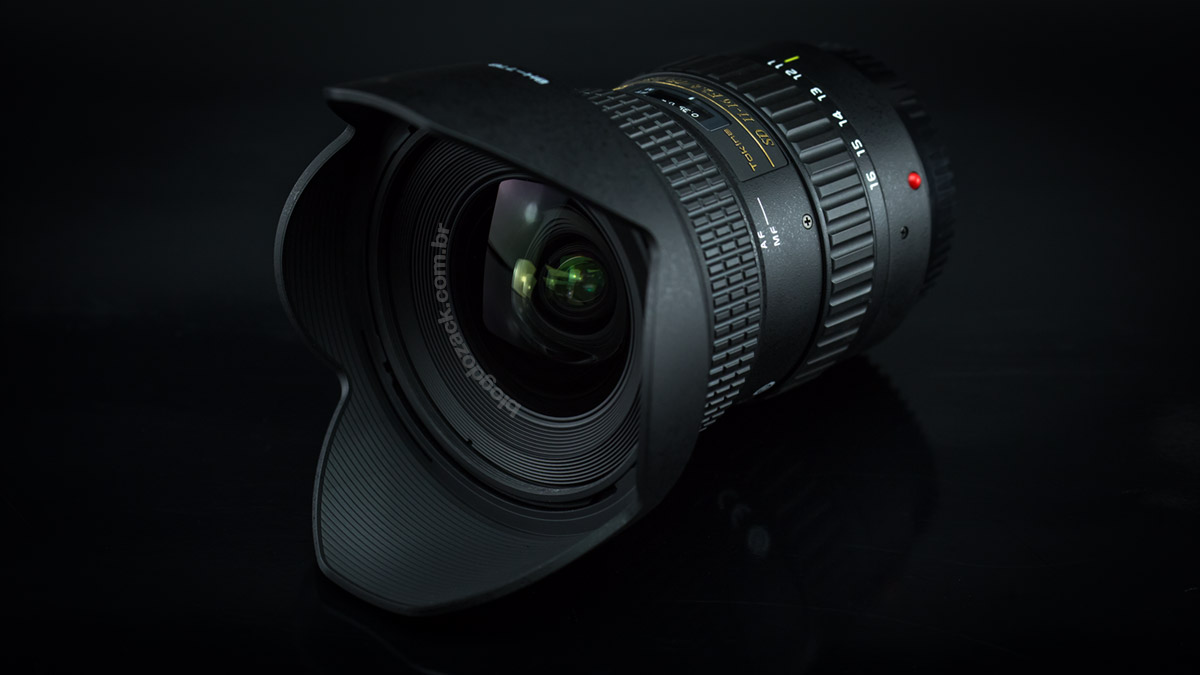
At the front the ø77mm filters are welcomed on a wide angle lens, thing most full frames f/2.8’s won’t allow under 16mm. It’s a plastic thread that sits close to the front glass element, so beware with thick filters. Around it there’s a second lens hood thread, gigantic for those used to tiny APS-C lenses. And at the rear the metal mount is surrounded by a rubber gasket, although nothing is declared about a proper weather sealing. Overall the AT-X PRO 11-16mm f/2.8 DX II leaves a good impression about Tokina’s build quality and included low-cost functions. But the Clutch Focus ring is ridiculous and I question it’s durability to recommend. It’s completely unnecessary, it’s badly implemented, and solves a problem that never existed. What’s the problem with a button?

“Parking Lot” at f/6.3 1/400 ISO100 @ 11mm. All photos with the EOS M.
With an incredible 13 elements in 11 groups optical formula, two SD (Super low Dispersion) glasses, two aspherical and multi-layer coating, the Tokina AT-X PRO 11-16mm f/2.8 DX II is not aimed at a low price, but aimed at performance. Sporting a measly 1.45x zoom ratio, it’s easy to develop even on the smaller format: it’s files are sharp wide open, with a flat image plane and near zero geometric distortion; huge lateral chromatic aberrations, although easy to fix; and the main issue lays on it’s inability to handle flaring, asking for careful framing. Besides that, the Tokina 11-16mm f/2.8 is among the best wide angle for APS-C cameras, and even some full frames.
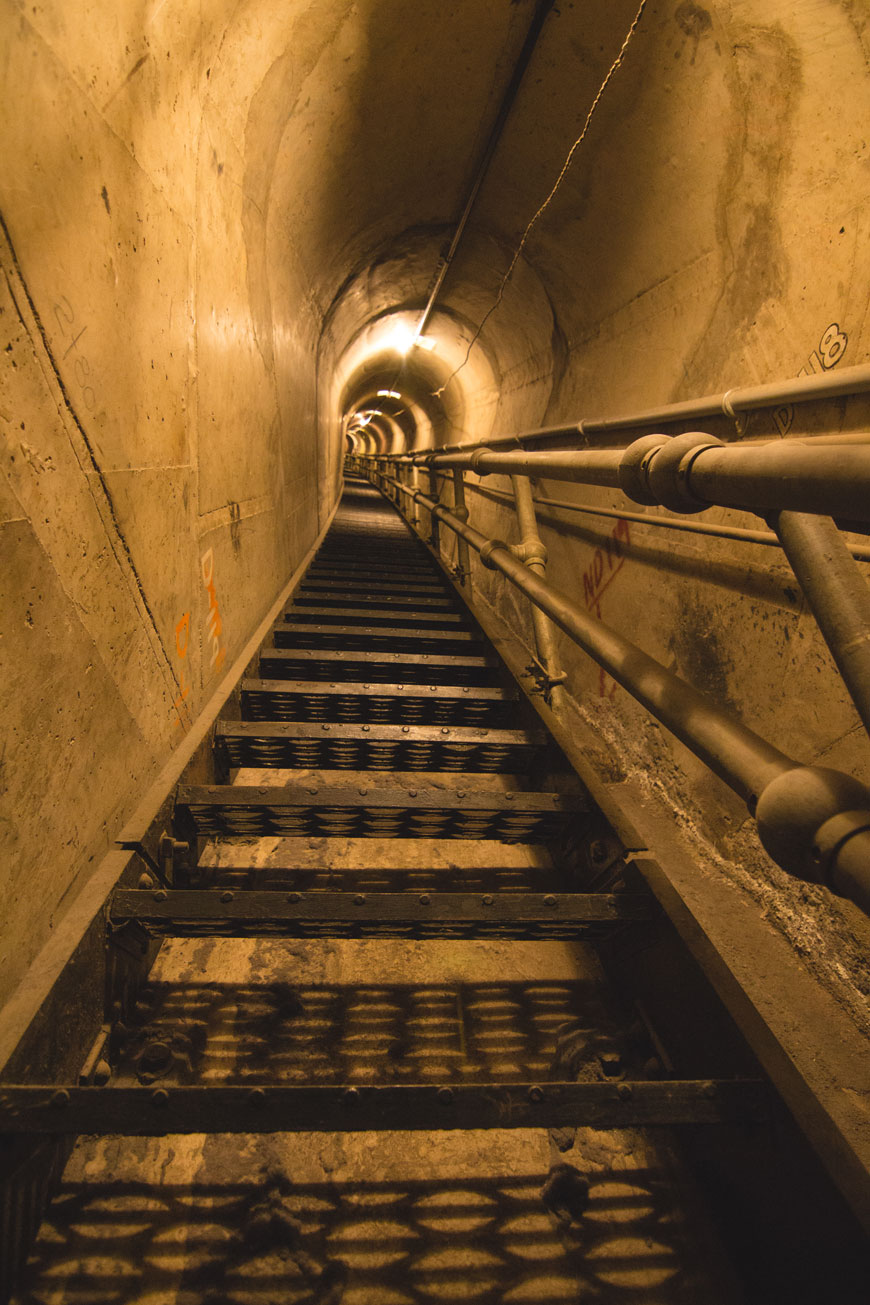
“Stairs” at f/2.8 1/30 ISO2000 @ 11mm.
Right from the f/2.8, the Tokina resolution is impressive as long as you 1) fits the subject on the short depth of field and 2) carefully inspect the focusing point, that with minor miss adjustments can take the frame sharpness away. It was easy to see how reckless I was when testing the Tokina: in a hurry, I failed to truly check the focusing distance, resulting in more out of focus photos that I wanted. Some files are tack sharp wide open, but others aren’t. So be careful: don’t take the “all in-focus wide angle” statement seriously, recklessly shooting pictures. For best results, have patience with the AT-X 11-16mm. If handled well, the f/2.8 files can impress, together with the low ISOs.

“Rotunda” at f/2.8 1/30 ISO400 @ 11mm; wide angle dramatic compositions.

100% crop, the EOS M (US$349) details, handheld.

100% crop, details on cloths and mundane objects.

100% crop, perfect wide open contrast.
Stopping down to f/5.6-f/8 marginally enhances resolution but helps “squeezing” the depth of field, that gets longer for landscapes and architecture. In these situations the 11-16mm shines as bright as most full frame lenses, with edge to edge resolution. So instead of investing hundreds of dollars on a Canon EF 16-35mm f/2.8L II USM or Nikon AF-S 14-24mm f/2.8G, why not add an APS-C + lens to you kit, costing a fraction of the price? If the job doesn’t require high end sensor performance, you can easily make due with an entry level APS-C delivering the same resolution.
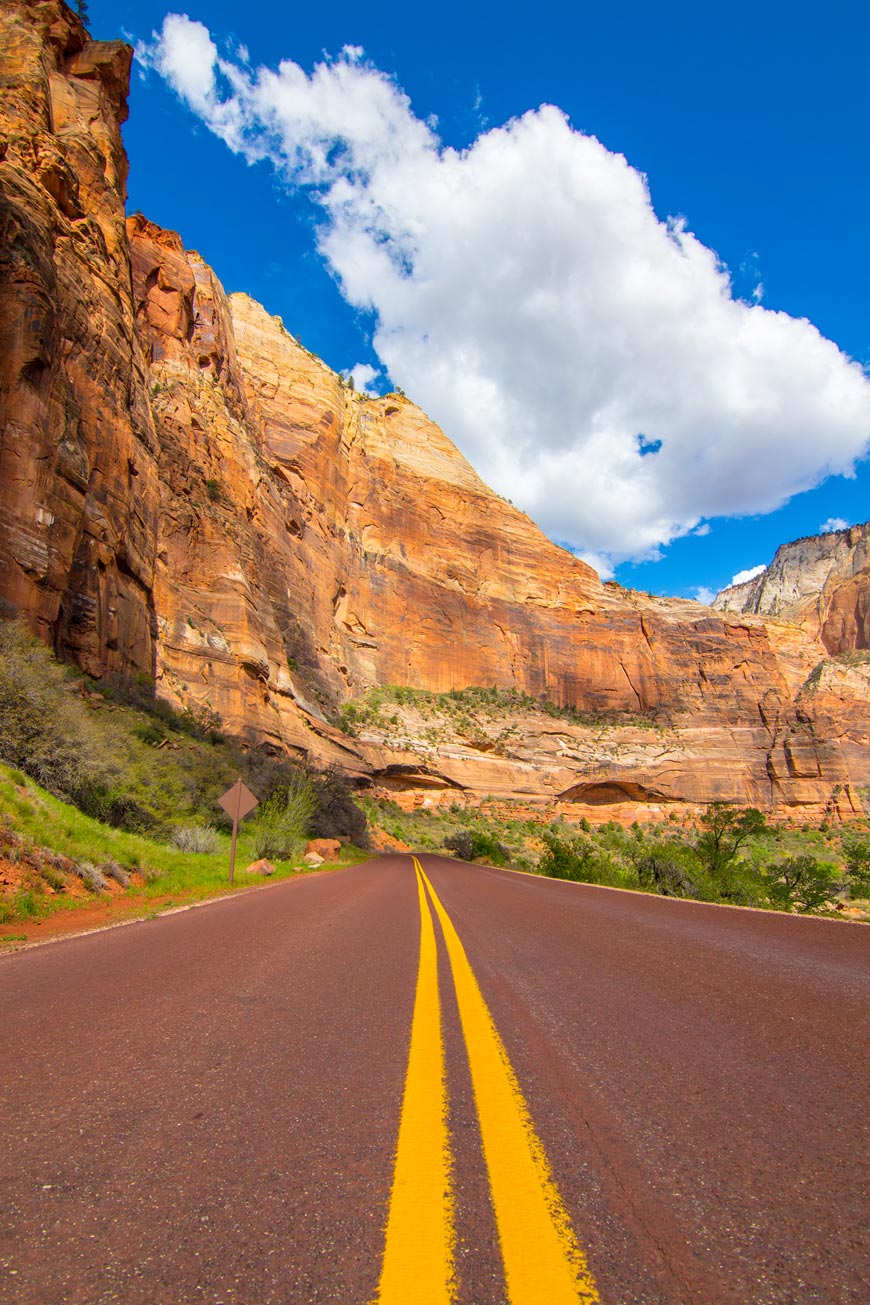
“Pista” at f/6.3 1/400 ISO100 @ 11mm.
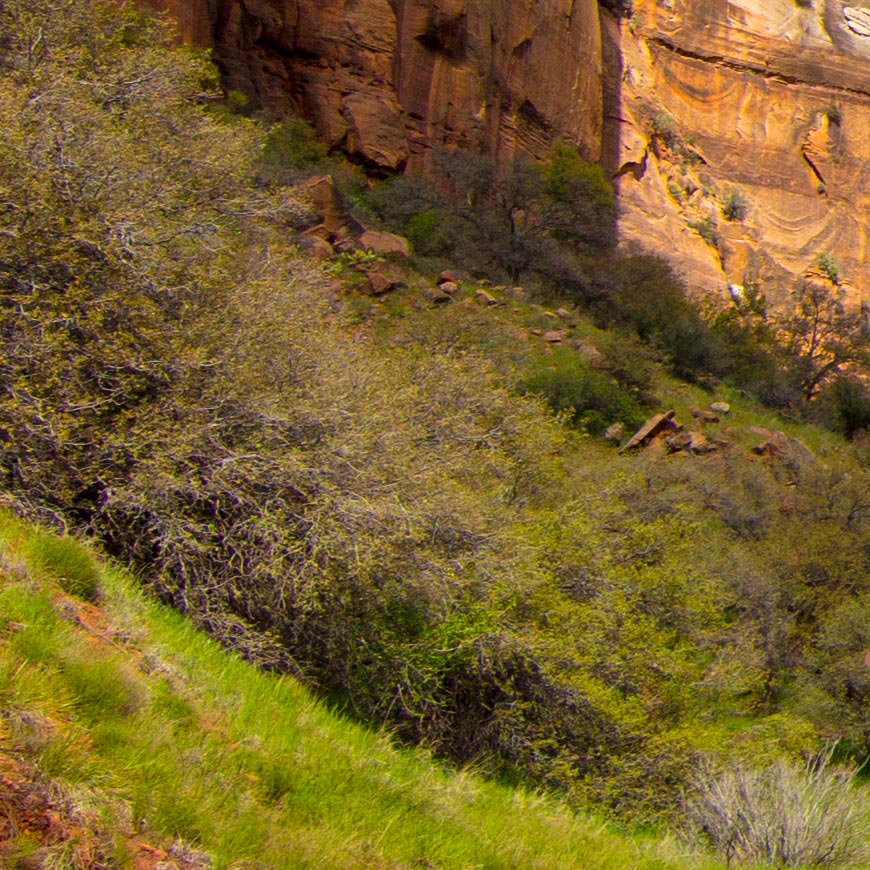
100% crop, pushing the EOS M 18MP sensor to the limit.
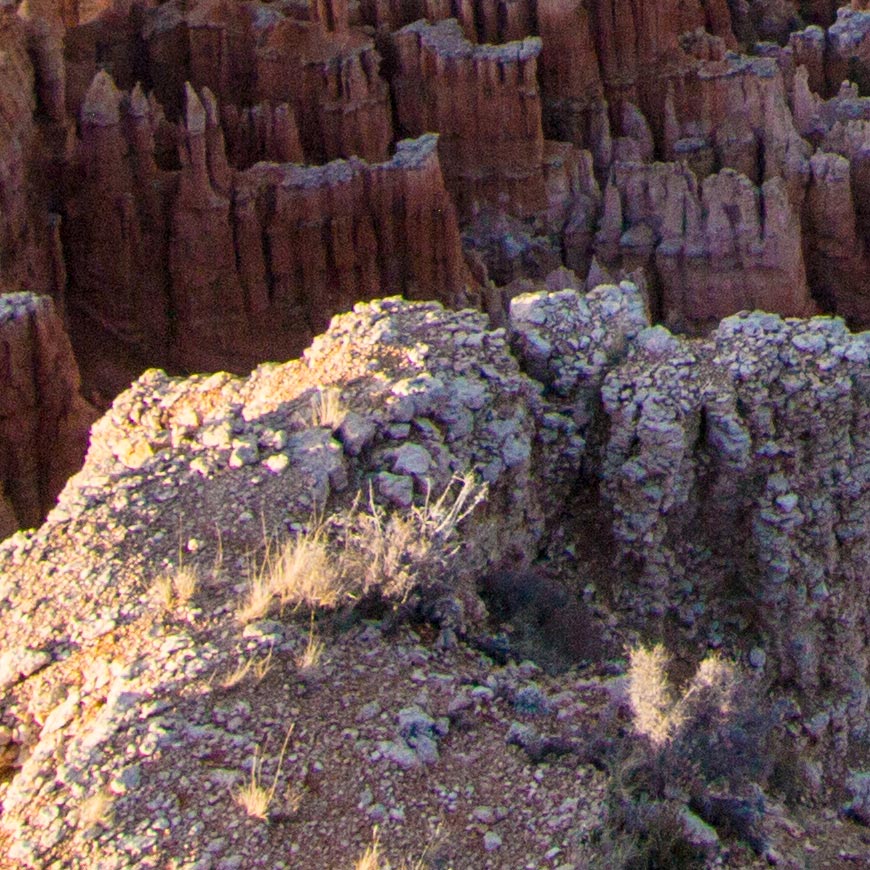
100% crop, each pebble on the lower frame, filled with resolution.

100% crop, rocks and tones with good sharpness.
Also impressive are the geometric distortions, nearly nonexistent; and lateral chromatic aberrations, huge and heavy as most wide angle zooms. As both require less than a click to solve in post, it’s not really an issue anymore. It might show on video recordings of cameras lacking in-camera lens profiles; Canon and Nikon won’t add it to their firmwares. But we have definitely seen worse at 16mm from Sony’s E PZ 16-50mm and even Canon’s EF 16-36mm f/2.8L II USM.
“Passagem” at f/2.8 1/25 ISO100 @ 11mm; notice how little geometric distortion on the wider end.
“CLTRV” at f/5.6 1/80 ISO100 @ 11mm; depending on your composition, you can barely see it.
100% crop, before and after the lateral chromatic aberration software compensation.
100% crop, even less contrasty lines show some lateral aberrations, begging for post-processing fixes.Finally the last image quality “signature” (not to say defect) is Tokina’s lack of flaring handling. Typical of wide angle images and its large field of view, it’s almost impossible to hide all light sources from the frame: the sun, street lights, car headlights… And such bright light scatters around the lens, that has poorly treated glass to avoid it. It was bad on version I, and remains ugly on the version II. But it’s a questionable issue: some add flaring to their files exactly to enhance the sun’s appearance, and those will be happy to make the Tokina AT-X PRO 11-16mm f/2.8 DX II shine. It’s all sorts of reflections: ghosts, color blobs, rainbow circles… If you like it, have fun!
However depending on the light angle, the overall frame contrast is thrown away. On some shots with the sun barely outside the view, it’s bizarre how the light scatters and reflects not from the glass itself, but from the lens barrel. Colors fade away besides the details staying intact. It’s kind of an easy fix with nowadays Photoshop CC’s dehaze slider, that selectively adjust contrast on grey areas. But in practice, beware: this lens has tons of flaring, and color blobs appear everywhere.
“I heart NY” at f/5.6 1/400 ISO200 @ 16mm; before and after Adobe’s Camera Raw dehaze slider.
The Tokina AT-X PRO 11-16mm f/2.8 DX II makes a good impression about the brand. It’s well built, comes filled with automatizations (AF, aperture, EXIF data) and its photos are well worth the US$479 price tag. It’s without peers on the market, making it an easy choice for those looking for f/2.8 lenses, that are harder to develop than one might think. But the stupid One-touch Focus Clutch ring is badly implemented, complicating the simple and making me question it’s long term durability. It delivers optically, that’s way more important and valuable. However it just might not last after heavy usage, and that’s something to be aware when purchasing. Nice shooting!